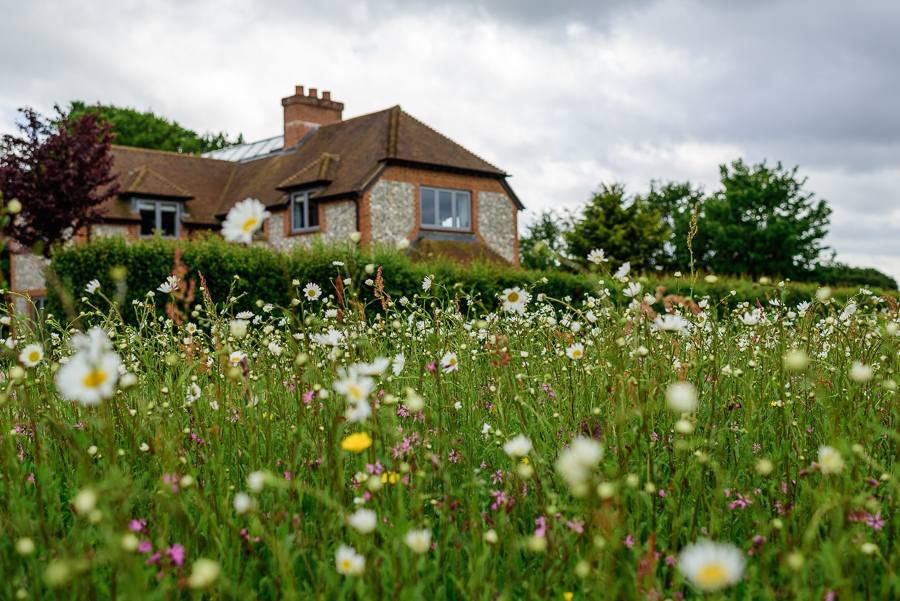
I have used their standard turf on a few occasions with excellent and instant results.
'Wildflower turf generates significant advantages over the alternative methods of establishing a wildflower habitat.
Changing colours throughout the year can be achieved, allowing for the creation of stunning wildflower meadows. The flower seeds mix in the turf is carefully chosen to produce flowering plants from early in the spring through to the middle of the autumn.
The grasses in the mix are native to the British Isles and are chosen to complement the flowers and not to compete with them, which is a common problem with conventional "wildflower plugs" or wildflower seeding. This allows the flowers to succeed rather than be swamped by the grasses, which is a common problem with conventional soil based Wildflower Turf or most wild flower seeding. The grasses are visually attractive while they seed, along side the wild flowers, and the combination provides a food source for birds and a favourable habitat for butterflies and other insects.
The formation of a dense sward of turf, combined with the large roll size, mean that this turf acts as a weed blanket where the plants grown in the turf get a head start. They are already established and so prevent the establishment of weed seeds that are inherent in the soil below the turf.
The seed mix has been designed to give a high proportion of wildflowers as well as grasses. The 50% wildflower and 50% grass mix is unusual in this type of mix and is possible due to the soil-less system.
Conventional Flower turf is typically sown at 20% wildflowers and 80% grass seeds. The great risk with this is that the grasses dominate the flowers and very few flowers grow as a result.
The plants in flower will vary through the spring and summer according to the different species of flowers in the turf. The emergence of flowers and the type of plants that flower will vary from year to year according to temperature, moisture and available nutrients. This will ensure that no two years are the same (as is the case with true wild flower meadows) and gives a constantly changing landscape.
Once established CT Flora (Wildflower Turf) has the added advantage of requiring very little maintenance. It will not require fertilizing and only needs cutting in the autumn. During establishment it would need to be watered. Weeding should not be necessary due to the weed blanket affect of the turf.'



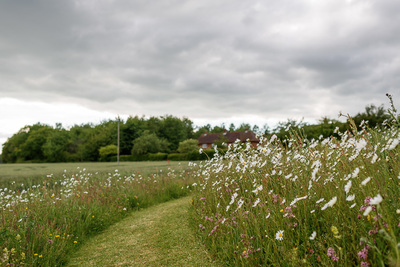
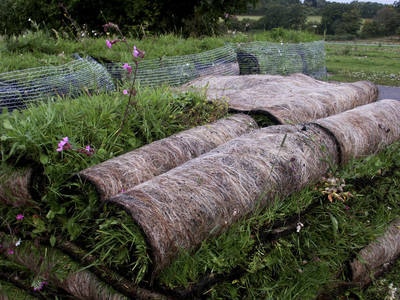
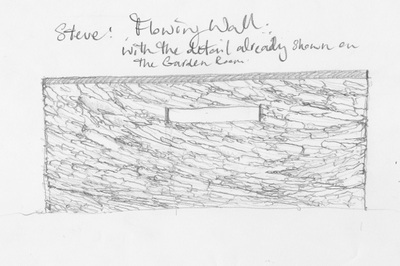
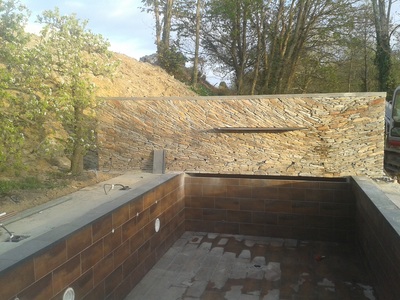
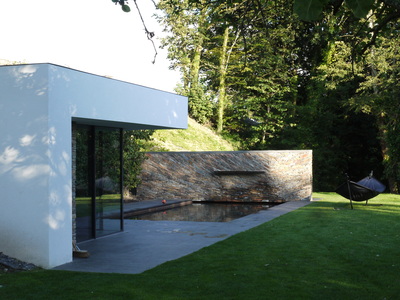
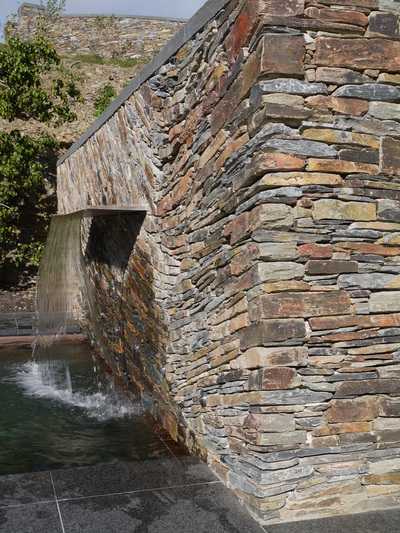
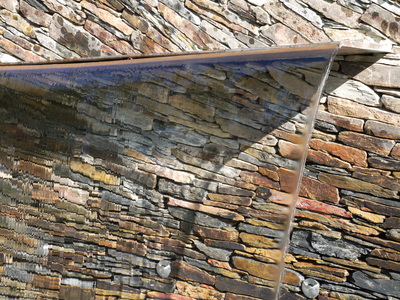
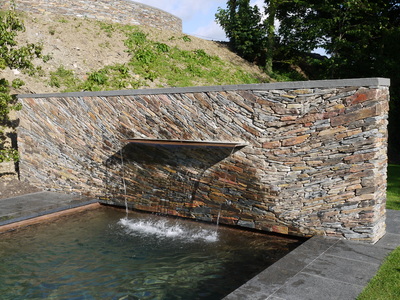
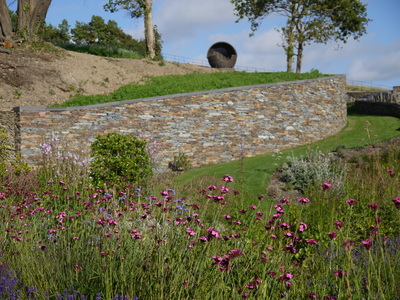
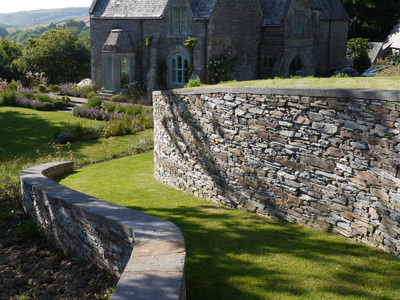
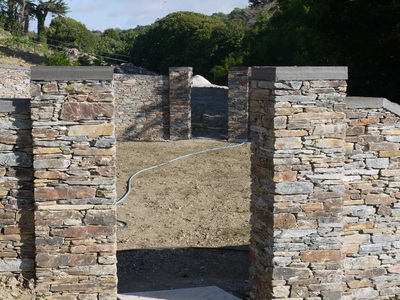
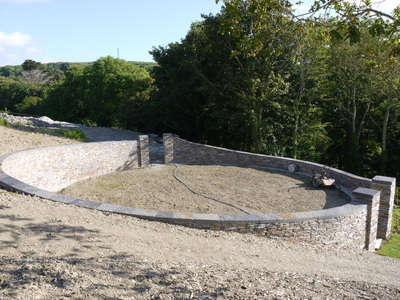
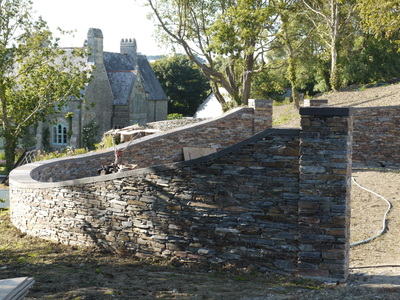
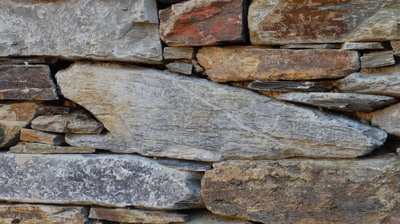
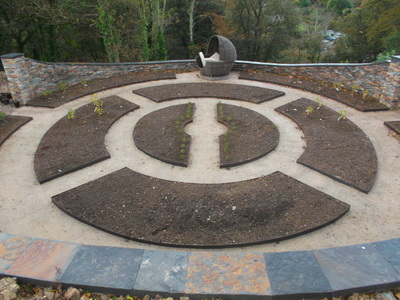
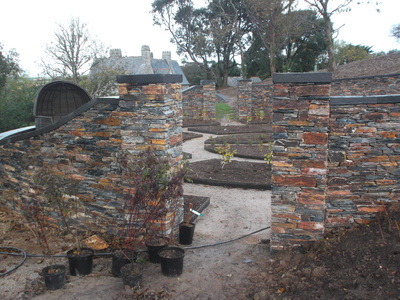
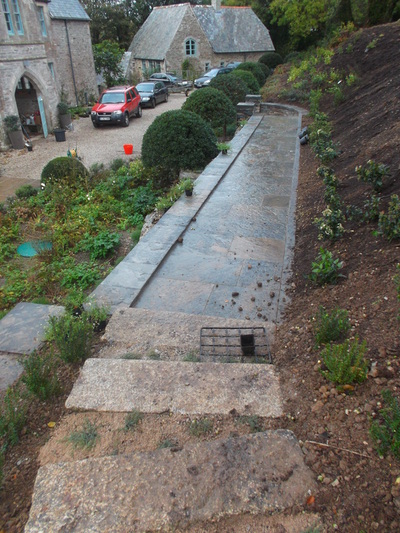
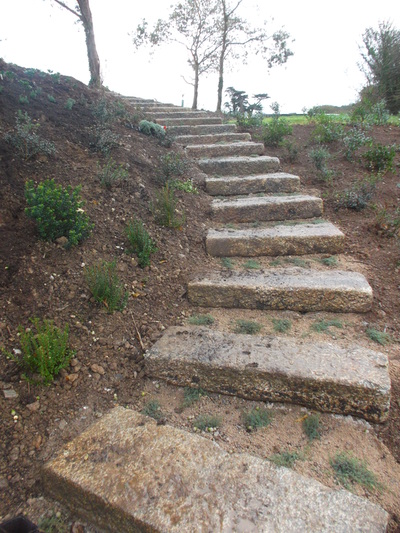
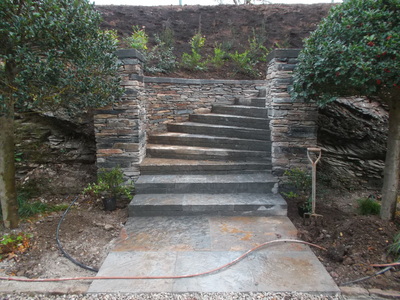
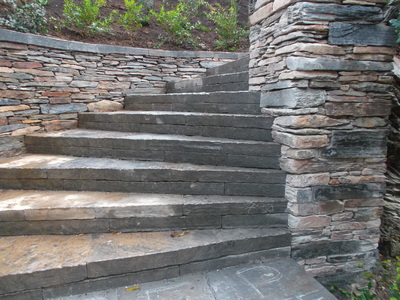
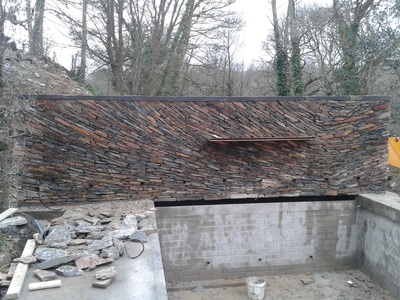

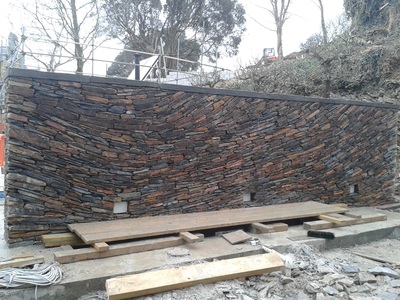
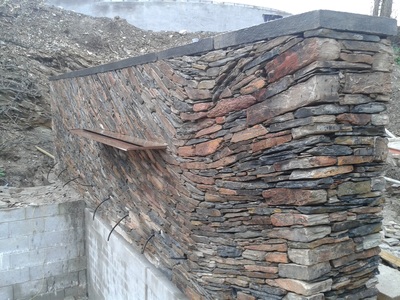
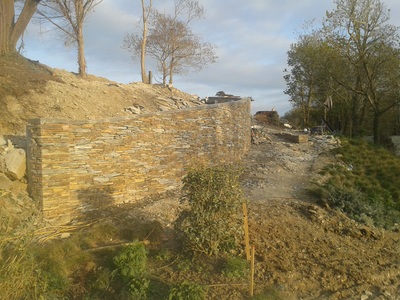
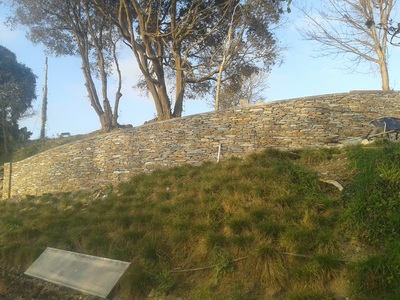
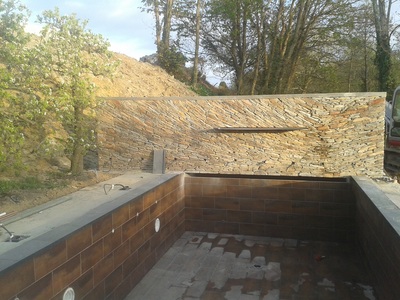
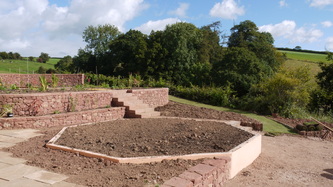
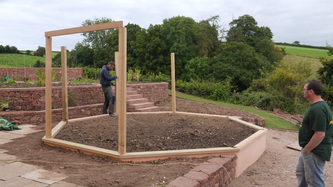
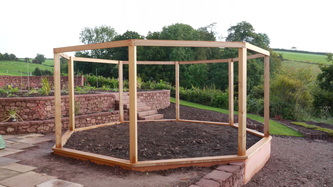
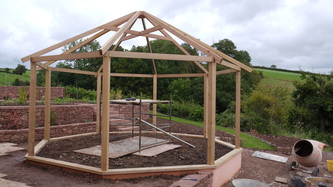
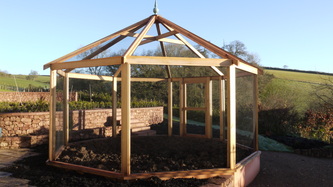
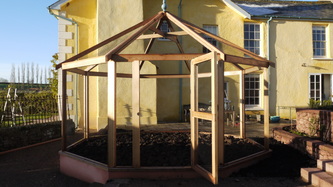
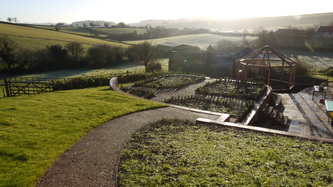
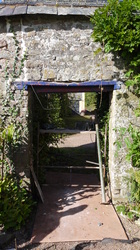
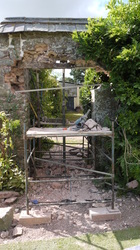
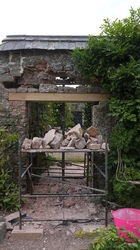
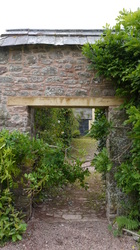
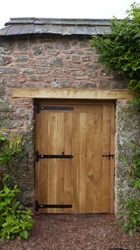

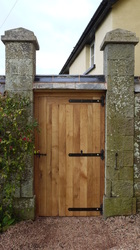
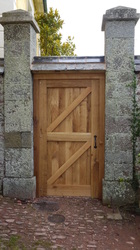
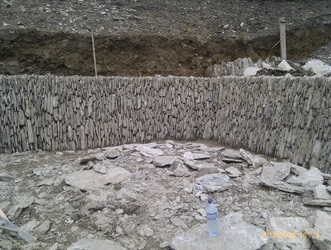
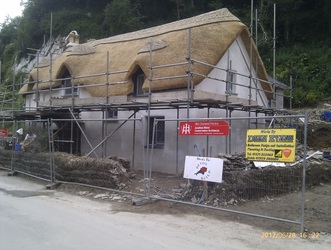
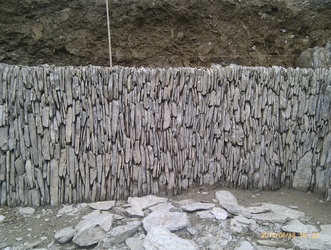

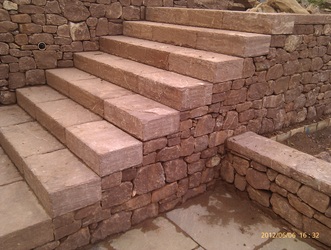
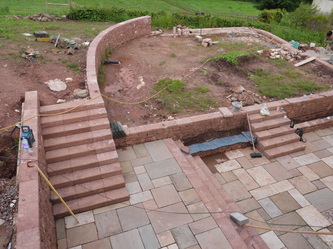
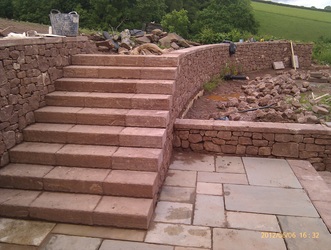
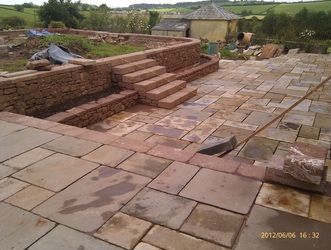
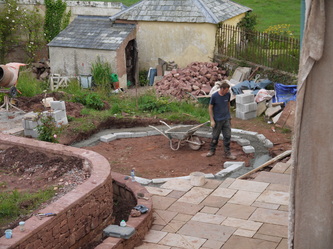
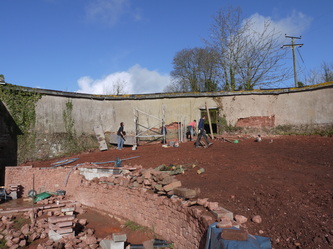
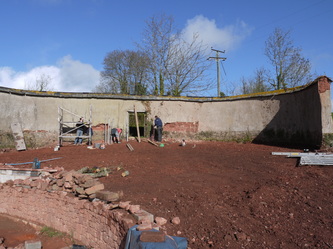

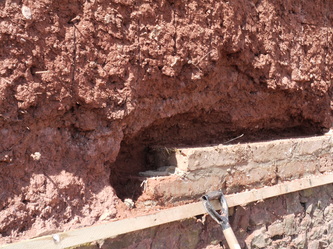
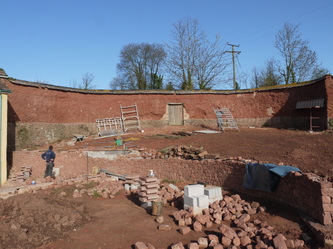

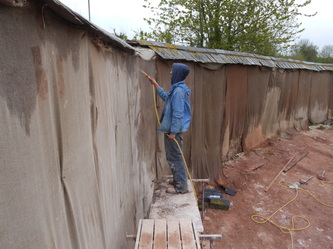
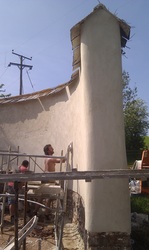
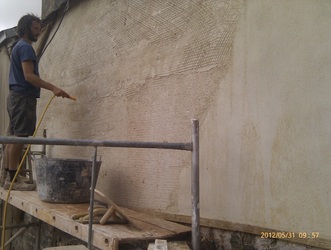
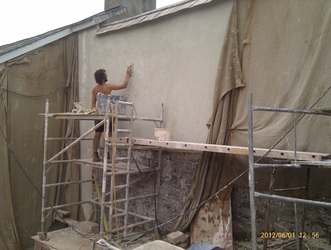
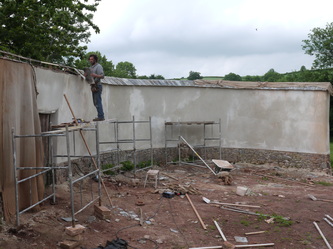
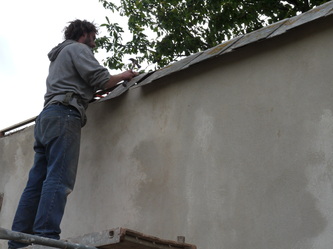
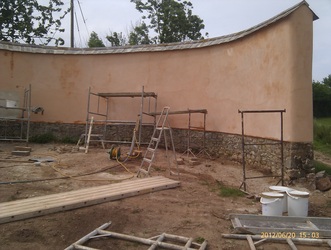
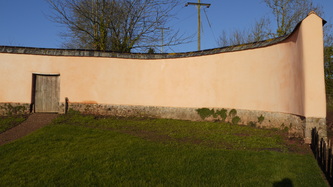

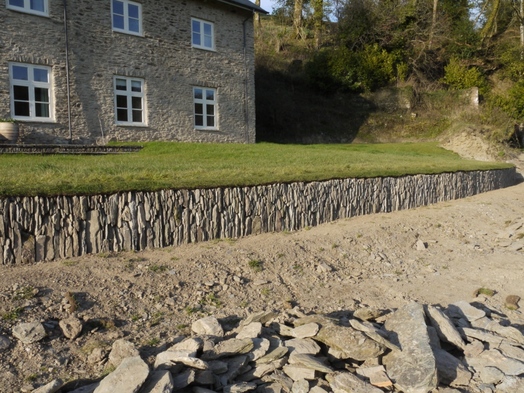
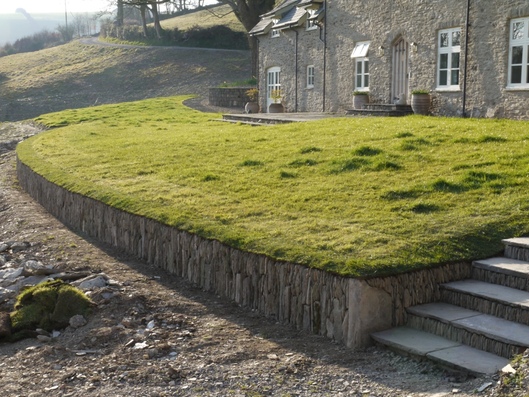
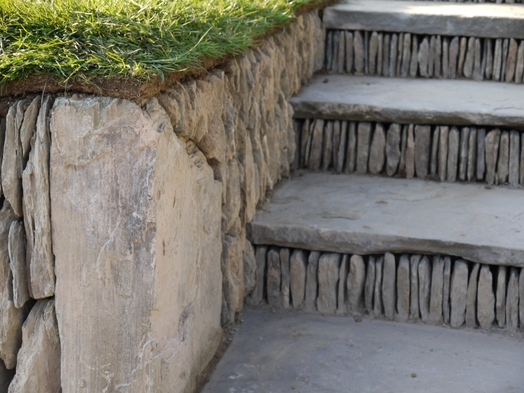
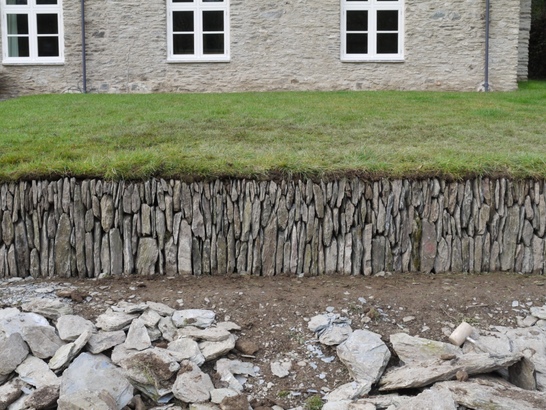
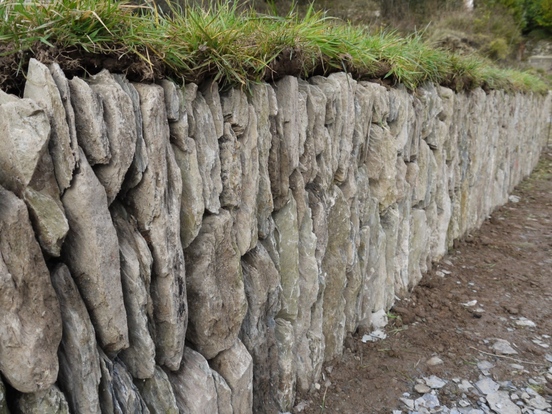
 RSS Feed
RSS Feed
